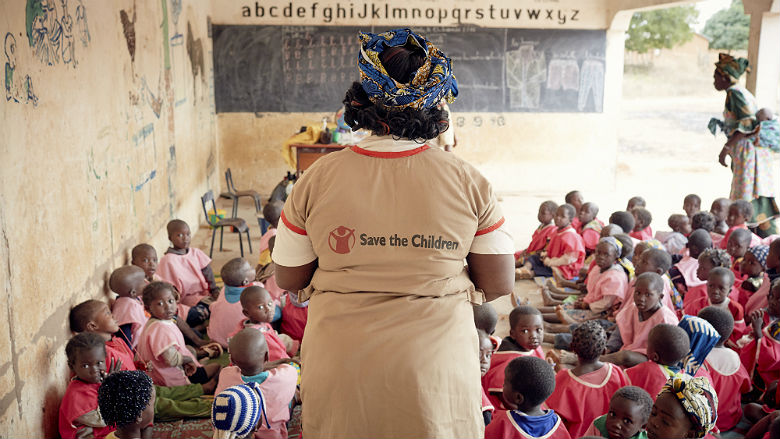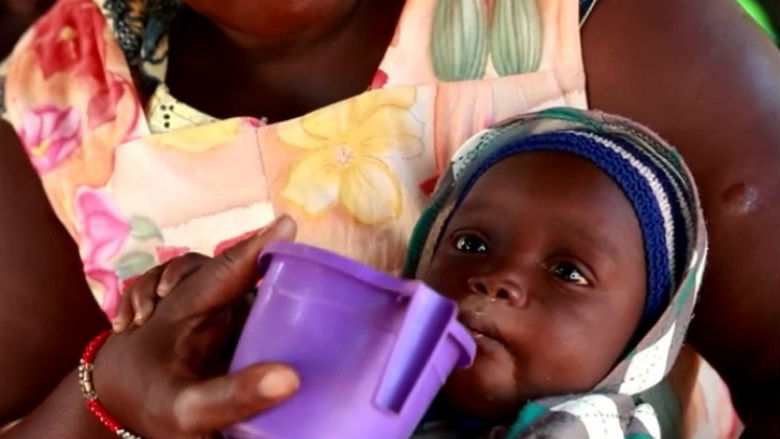Problem
In Mali, the international non-governmental organization Save the Children works with local communities and the government to create early childhood centers to help prepare young children for primary school. However, many of the children who come to the centers are stunted and anemic—across Mali, 40 percent of children under the age of five are stunted and more than 80 percent have anemia—which hinders learning and development. Iron deficiency and parasitic infections, particularly malaria, are widespread in Mali and are the main causes of anemia. Although the Government of Mali is now expanding preventative malaria treatment (seasonal chemoprevention) to reach all children under the age of 5 years old, anemia remains a problem and continues to hinder children’s development.
Intervention
In Sikasso region, where the evaluation took place, the Government of Mali and Save the Children first began distributing preventive malaria treatment in 2014, alongside Save the Children’s early learning and child development programs. To address the other risk factor for anemia—iron deficiency—Save the Children integrated daily micronutrient powder supplements using the early childhood centers as a delivery platform, training caregivers of children aged 6 to 59 months to add micronutrient powders when they prepared their children’s morning porridge.
Evaluation Design
Sixty communities with Save the Children-supported early childhood centers in the Sikasso region were randomly assigned to either a control (no micronutrients) or treatment group (micronutrients).
Eligibility
All children aged 6 to 59 months in communities with Save the Children’s early childhood centers were eligible to receive the intervention and a sample of 1,200 children aged 3 to 5 years and their caregivers were surveyed to evaluate the impact of the intervention on children’s nutritional status, cognitive function, and child development.
Results
Despite a high level of acceptability and reported coverage, the intervention had no impact in reducing the prevalence of anemia in the 3 to 5 year old children surveyed. There was also no evidence of effect on other nutritional indices or children’s cognitive performance.
Next Steps
Save the Children is funding a small followup study to examine what may have limited the impact of the micronutrient powders in this age group, focusing in particular on the role of other health problems, such as chronic gut inflammation, linked to unsanitary living conditions, which may be preventing micronutrient absorption.
Policy Impact
During the evaluation, the research team developed best practices for how to use micronutrient powders, and the Government of Mali is now creating guidelines that will incorporate lessons learned for more effective distribution and use of micronutrient powders by non-governmental organizations working in Mali. Among other things, the research team has suggested that micronutrient powders be distributed during cooking demonstrations, and that messages on feeding, hygiene and child stimulation be integrated with practice sessions on how to prepare nutritious foods. In addition, to ensure children consume all the micronutrient powders, the research team has proposed that the powders first be mixed with a small amount of food.
In addition, Mali’s Ministry of Education is working on a 1,000-day initiative to hone the country’s early childhood development policy. It is drawing on the integrated approach used in the SIEF evaluation, which incorporated a multi sectoral approach to promote hygiene, health, and child stimulation messages.

